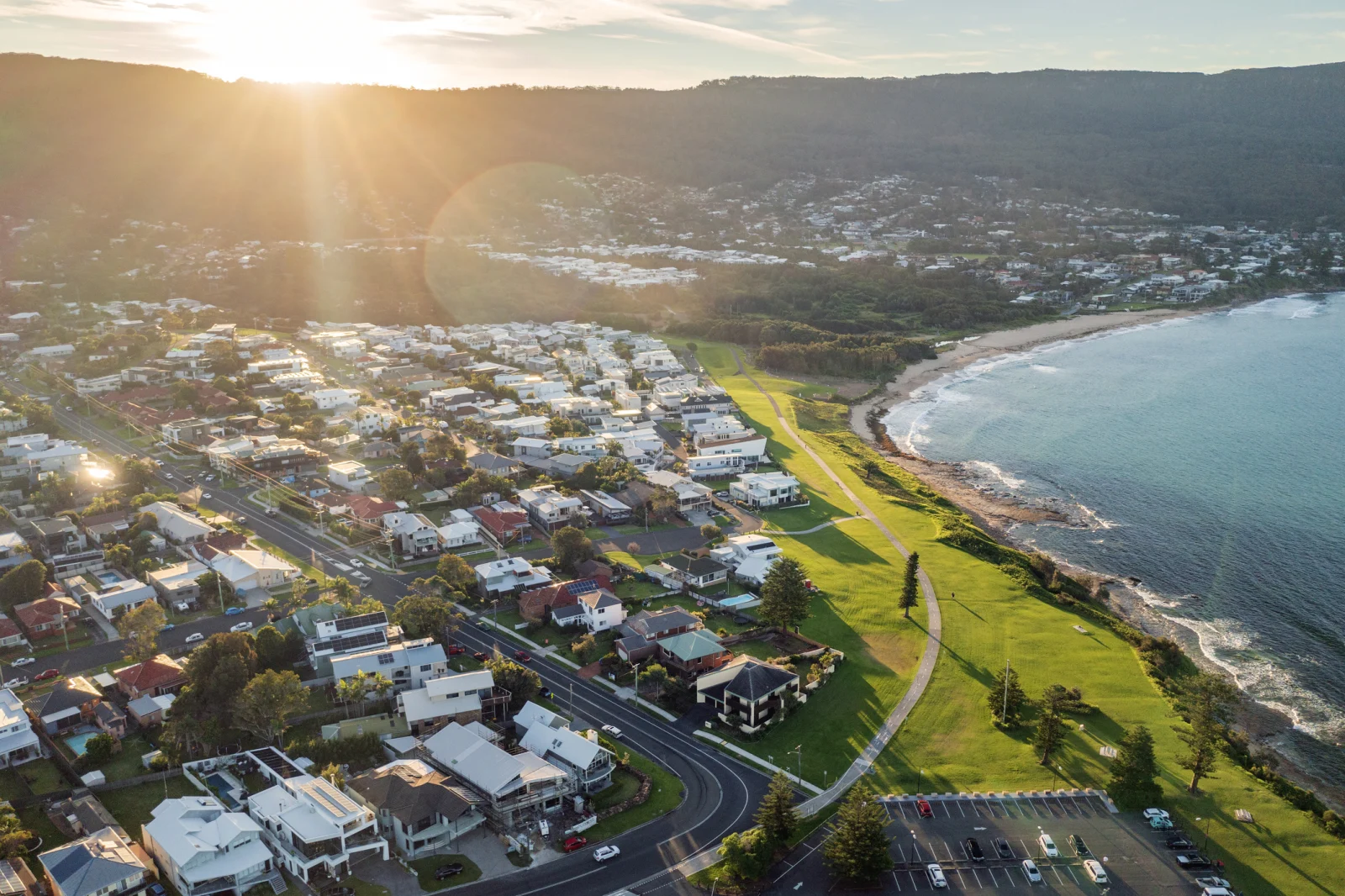Rent prices have continued to rise with strong demand and tight supply driving competition for available rentals. However, renters in our smaller capitals and regional areas may finally be seeing some improvement in conditions.
According to PropTrack's recent Market Insight, new rental listings have fallen by 18.9% from March to April across Australia. This is the largest monthly decrease since 2017.
Compared to the start of the pandemic, there are 36.4% fewer rentals being listed and almost 40% fewer total rentals on the market, which reflects just how difficult the market has become.
Rental Listings, April 2023
| |
New Rental Listings |
|
|
|
Active Rental Listings |
|
|
| Greater Capital City Statistical Area (GCCSA) |
MoM change |
YoY change |
Change from Mar 20 |
|
MoM change |
YoY change |
Change from Mar 20 |
| Sydney |
-17.0% |
-5.1% |
-38.8% |
|
-7.8% |
-15.7% |
-42.7% |
| Melbourne |
-20.8% |
-17.9% |
-34.8% |
|
-11.7% |
-31.3% |
-35.6% |
| Brisbane |
-18.0% |
7.9% |
-37.5% |
|
-10.3% |
5.4% |
-42.0% |
| Adelaide |
-19.8% |
4.0% |
-36.2% |
|
-11.7% |
3.6% |
-39.8% |
| Perth |
-22.2% |
-16.4% |
-43.9% |
|
-10.4% |
-19.2% |
-52.8% |
| Hobart |
-21.3% |
37.7% |
-18.8% |
|
-3.9% |
66.1% |
1.7% |
| Darwin |
-25.8% |
-10.0% |
-47.6% |
|
-22.9% |
4.4% |
-56.7% |
| ACT |
-18.0% |
20.0% |
36.9% |
|
-8.4% |
36.5% |
47.8% |
| Capital cities |
-19.1% |
-7.4% |
-36.8% |
|
-9.8% |
-16.5% |
-40.2% |
| Rest of NSW |
-17.2% |
23.0% |
-23.6% |
|
-8.5% |
31.6% |
-26.0% |
| Rest of Vic. |
-18.8% |
8.7% |
-26.9% |
|
-8.1% |
17.2% |
-21.8% |
| Rest of Qld |
-19.4% |
14.5% |
-44.7% |
|
-10.6% |
16.5% |
-44.3% |
| Rest of SA |
-18.5% |
19.0% |
-52.6% |
|
-10.7% |
11.4% |
-60.0% |
| Rest of WA |
-19.4% |
-4.1% |
-55.8% |
|
-12.6% |
-3.2% |
-62.5% |
| Rest of Tas. |
-19.2% |
14.8% |
-22.4% |
|
-2.5% |
15.3% |
-15.8% |
| Rest of NT |
-26.4% |
16.4% |
-33.9% |
|
14.6% |
22.0% |
-40.6% |
| Regional Areas |
-18.5% |
15.8% |
-35.6% |
|
-9.3% |
20.8% |
-36.1% |
| National |
-18.9% |
-2.0% |
-36.4% |
|
-9.7% |
-8.5% |
-39.1% |
But the trend over the past year is diverging, with conditions in our largest capital cities worsening while renters in smaller capitals and regional areas have more choice than a year prior.
Sydney, Melbourne and Perth in particular have seen a decline in rental listings with new and total listings lower than they were in March 2023, March 2022 and March 2020.
From an annual perspective, they were the only three greater capital areas where total rental listings did not increase.
This stands in contrast with the rental market in Brisbane, Adelaide and Hobart where new rental listings have respectively risen by 7.9%, 4% and 37.7% and total listings have increased by 5.4%, 3.6% and 66.1% respectively over the past year.
Regional areas led the recovering trend with new listings increasing in Regional NSW, Regional SA and Regional NT by 16-23%. All regional areas except Regional WA experienced more choice compared to March 2022.
Though there has been some slight improvement in these areas, it is important to note that conditions are a lot tougher than pre-pandemic in all areas except the ACT.
The highly competitive market has likely deterred renters from moving homes, which is reflected in the decrease in new listings compared to March 2020.
Total listings also remain a lot lower, in part due to investors leaving the market since the pandemic and an undersupply of new homes, as well as how quickly rentals are leasing when they become available.

Regional NSW bucked the trend with a 23.6% increase in new listings compared to a year prior. Picture: Getty
This divergence between our larger capital cities and regional areas is something we're also seeing on the demand side.
When comparing the change in the number potential renters per listing in capital cities with regional areas, cities have experienced a 12% increase while regional areas have seen a decline of 21% year on year.
Strong demand in capital cities could be a sign that there is a shift in preferences for where people want to live. During the peak of the pandemic, when remote working was the norm, many people migrated to regional areas and smaller cities where prices were lower and where it was more spacious.
However, following the return to office or hybrid working, face-to-face university classes and the revival of our CBDs, city to region migration may be waning.
The return of migration, particularly international students is another factor that is likely to be contributing to the increase in demand for rentals in capital cities - the majority of students reside near universities, which are largely located in inner city areas.
Rental markets are likely to remain tight in the short to medium term, and demand is likely to remain high, particularly in capital cities.
Although conditions have marginally improved for regional and small city renters, the number of listings continues to be below pre-pandemic levels. Without meaningful increases in rental supply, renters will continue to face rent rises and tight competition.

Learn more
